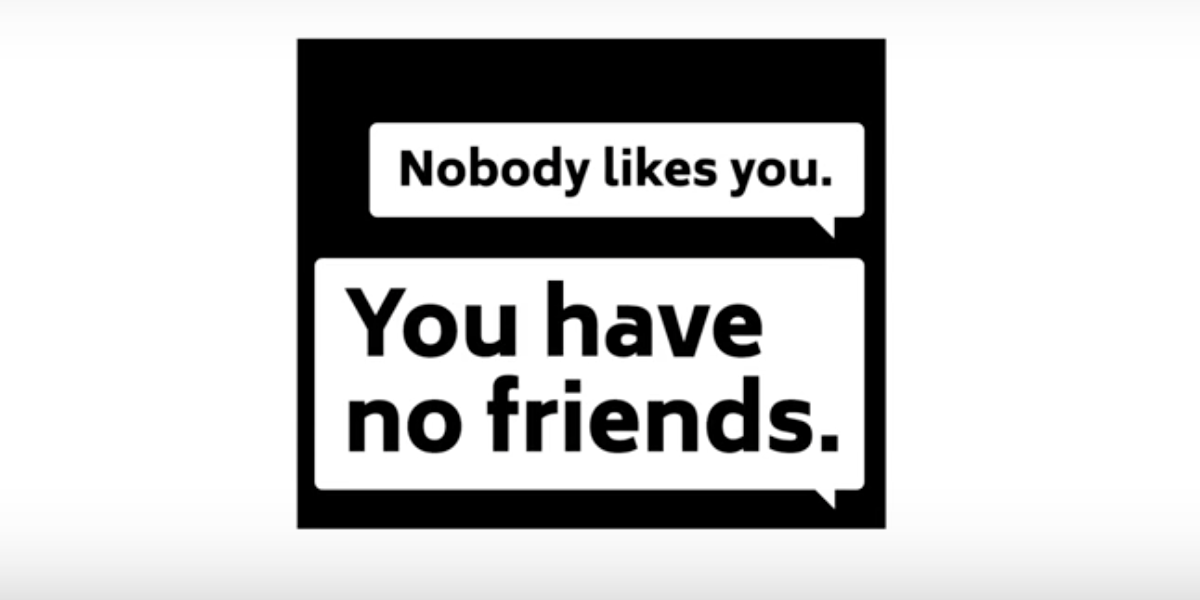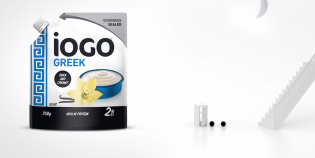With his easy-going manner, Rene Rouleau might just be the unlikeliest bully ever.
The creative director of Toronto agency Bimm helped bring the impact of cyber-bullying to life for a group of unsuspecting media personalities, bloggers and influencers with a recent campaign for the Canada Safe School Network.
Developed in association with AOL and media agency Touché!, Bimm’s “Bully Ads” campaign used re-targeting ads to deliver messages about the effects of online bullying.
“When I was a kid I was bullied once, but when I got home and closed the door and locked myself inside, I was safe,” said Rouleau. “With cyber-bullying there’s absolutely no escape.”
The campaign launched by sending e-mails bearing a compelling subject line to 342 unwitting participants. It was able to collect cookies on every recipient who opened the e-mail and clicked on the enclosed link, paving the way for BIMM to use re-targeting to serve ads to them as they travelled across the web.
Because the campaign was focused on such a small audience segment, Canada Safe School Network was able to bid considerably higher – as much as $2 per spot –to secure inventory on sites visited by its target.
The black and white, text-only banner ads began appearing on web pages visited by the bloggers and influencers a few days later, featuring messages like “Nobody likes you. You have no friends” and “You’re not funny. But your life is a joke.”
To ensure that recipients spotted them, the second wave of ads flashed “ever so slowly,” said Rouleau. “We wanted them to be a little bit annoying, like a bully.”
If recipients clicked on the ad, they were immediately taken to a landing page explaining the campaign. While the average click-through rate for a banner ad hovers around 0.1%, the “Bully Ads” campaign garnered a click-through rate of 12.2%.
“What’s interesting is why on Earth someone would click on that banner ad,” said Rouleau with a laugh. “First of all it’s berating you, and second of all you have no idea where you’re going to end up.
“We actually debated ‘Do we keep bullying them more?’ but we figured we’d done our job because if they noticed the bully ad and clicked on it, the jig is up and we need to let them know why we’re doing this.”
According to the anti-bullying network NoBullying.com, cyber bullying is the leading type of low-level violence that occurs in schools, while a 2010 study of 33 Toronto junior high and high schools reported that 49.5% of students surveyed had been bullied online.
A 2007 survey of 2,474 students 13-15 conducted by Kids Help Phone, meanwhile, found that 70% of people surveyed had been cyber bullied, with 44% saying they had been a cyber bully.
The “Bully Ads” campaign was actually a teaser for an anti-bullying campaign that launched May 11. It urges people to buy a pair of socks from sock company YoSox, with a portion of the proceeds going towards anti-bullying programs.











